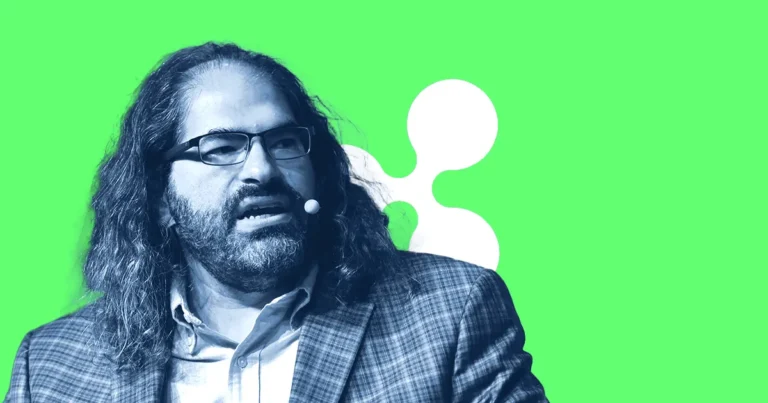31-8-2025 – Ripple’s Chief Technology Officer, David Schwartz, has clarified the XRP Ledger’s governance structure, aligning it with industry standards like Bitcoin and Ethereum to address centralization concerns. Schwartz emphasized that the XRPL’s approach to forks and consensus mirrors other major blockchains, with market dynamics favoring the original chain due to liquidity and network effects.
The XRP Ledger’s escrow mechanism, releasing tokens on a fixed monthly schedule, ensures transparency and stabilizes supply, mitigating price volatility critical for its role in cross-border payments. Schwartz also highlighted trustlines, which allow institutions to transact without holding large XRP balances, lowering adoption barriers. This feature, rooted in the ledger’s 2004 vision, has driven enterprise use, positioning XRP as a scalable infrastructure for financial institutions.
The ledger’s utility is further bolstered by a recent SEC ruling in August 2025, which declared XRP a non-security in secondary markets, reducing regulatory uncertainty and fueling interest in potential XRP ETF approvals by October. These developments underscore XRP’s shift from speculative asset to institutional-grade tool. Ripple’s 42% control of the XRP supply remains a point of scrutiny, but structured releases and governance alignment with peers help ease concerns. Institutional adoption is growing, supported by the ledger’s flexibility and regulatory clarity, which could drive long-term value.


